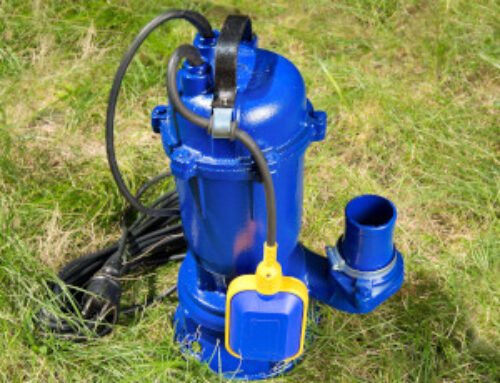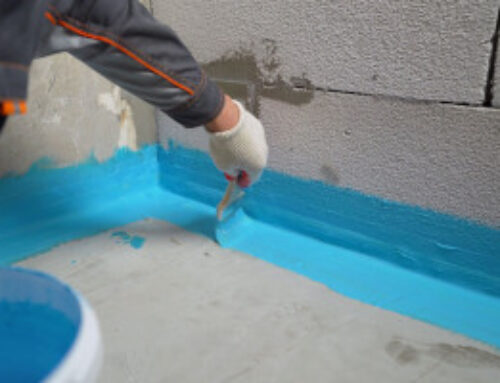Have you ever walked into your basement and been greeted by a pungent, musty odor? You may have also noticed unsettling discoloration on the walls, or molds and fungi creeping onto your stored belongings.
If any of this sounds familiar, please don’t ignore the signals. These are strong indicators of elevated humidity levels, a seemingly minor issue that can pose a significant threat to your home’s structural integrity, including its foundation.
Let’s understand the critical relationship between basement moisture and your foundation’s health. Long-term effects of excessive humidity and how to reduce basement humidity with a powerful solution, i.e., a home dehumidifier.
The Relation Between Basement Moisture and Foundation Health
Humidity refers to the amount of water vapor present in the air. Just as the human body requires a specific level of humidity to maintain comfort, the environment within our homes also needs a balanced moisture content.
Basements, being underground, often face challenges in maintaining this balance. They are more susceptible to moisture infiltration from the surrounding soil.
This, combined with factors like poor ventilation and the cooler basement temperature, often leads to condensation and a damp environment.
To overcome these risks, experts suggest that the ideal level of humidity in basements should be between 30% and 50%. Anything exceeding this threshold can lead to serious repercussions for both the occupants’ health and the foundation’s structural integrity.
A prolonged prolonged exposure to humidity can weaken the concrete and masonry, making them more susceptible to cracking and other forms of damage over time.
The Warning Signs of Moisture in Foundation
Different surveys indicate that nearly half of homes in the U.S. experience issues with dampness or excessive moisture. Excessive humidity can often be the reason behind some major foundation problems.
Here are some key indicators that your basement’s moisture levels have exceeded the desired levels and need immediate attention.
1. Mold and Mildew Growth
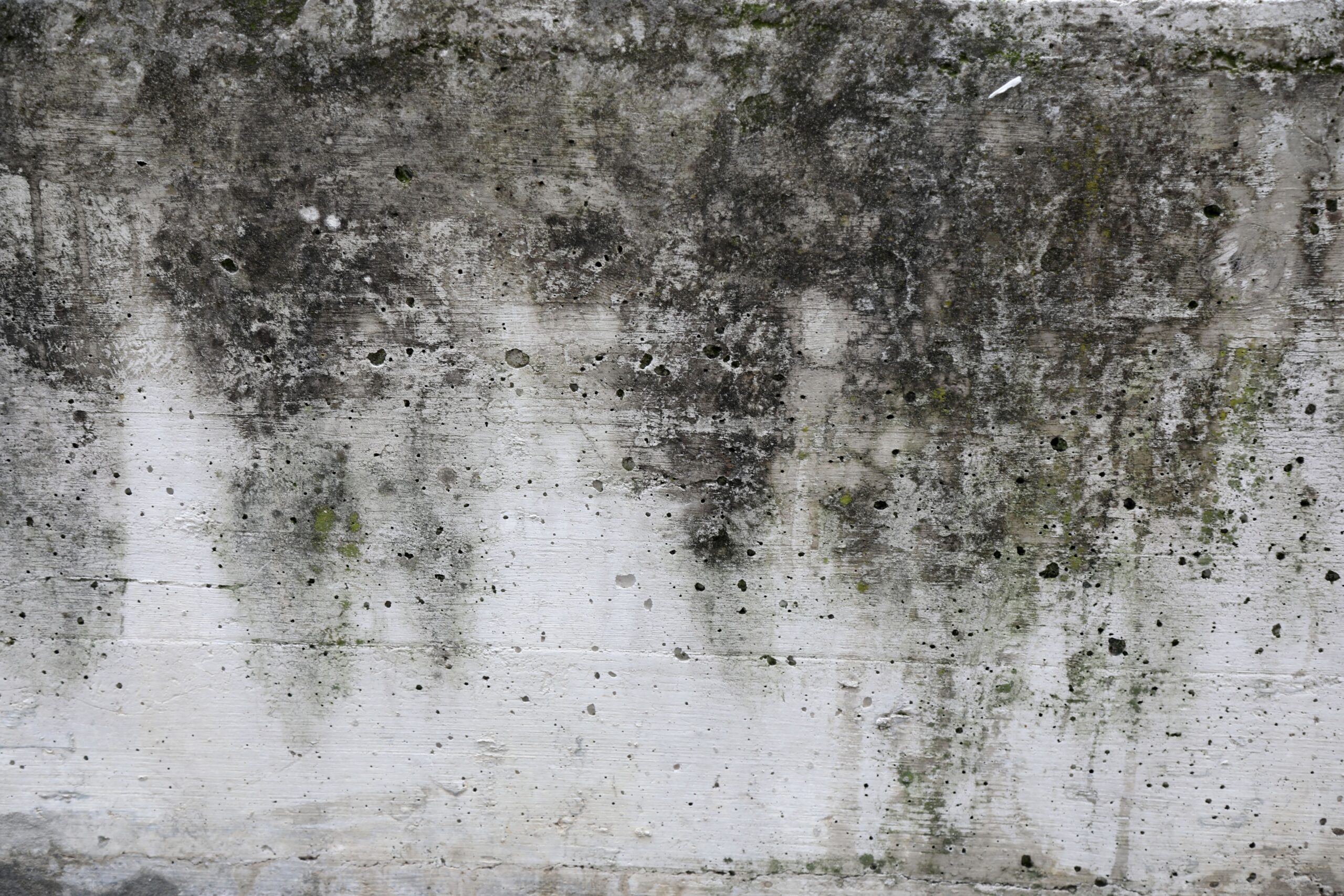
Mold and mildew are among the signs of moisture in the basement. Studies reveal that almost 60% of homes suffering from moisture issues exhibit visible mold growth. These fungi thrive in the constantly damp and often warmer conditions found in basements.
If you observe gray, white, black, or green patches on your basement walls or surfaces, it’s a strong indication of mold infestation.
The bigger issue is this growth won’t remain confined to walls and floors. It can quickly spread to belongings like photographs, furniture, and books. Mold’s rapid growth can be a substantial indoor air quality concern that needs prompt attention.
2. Too Much Condensation
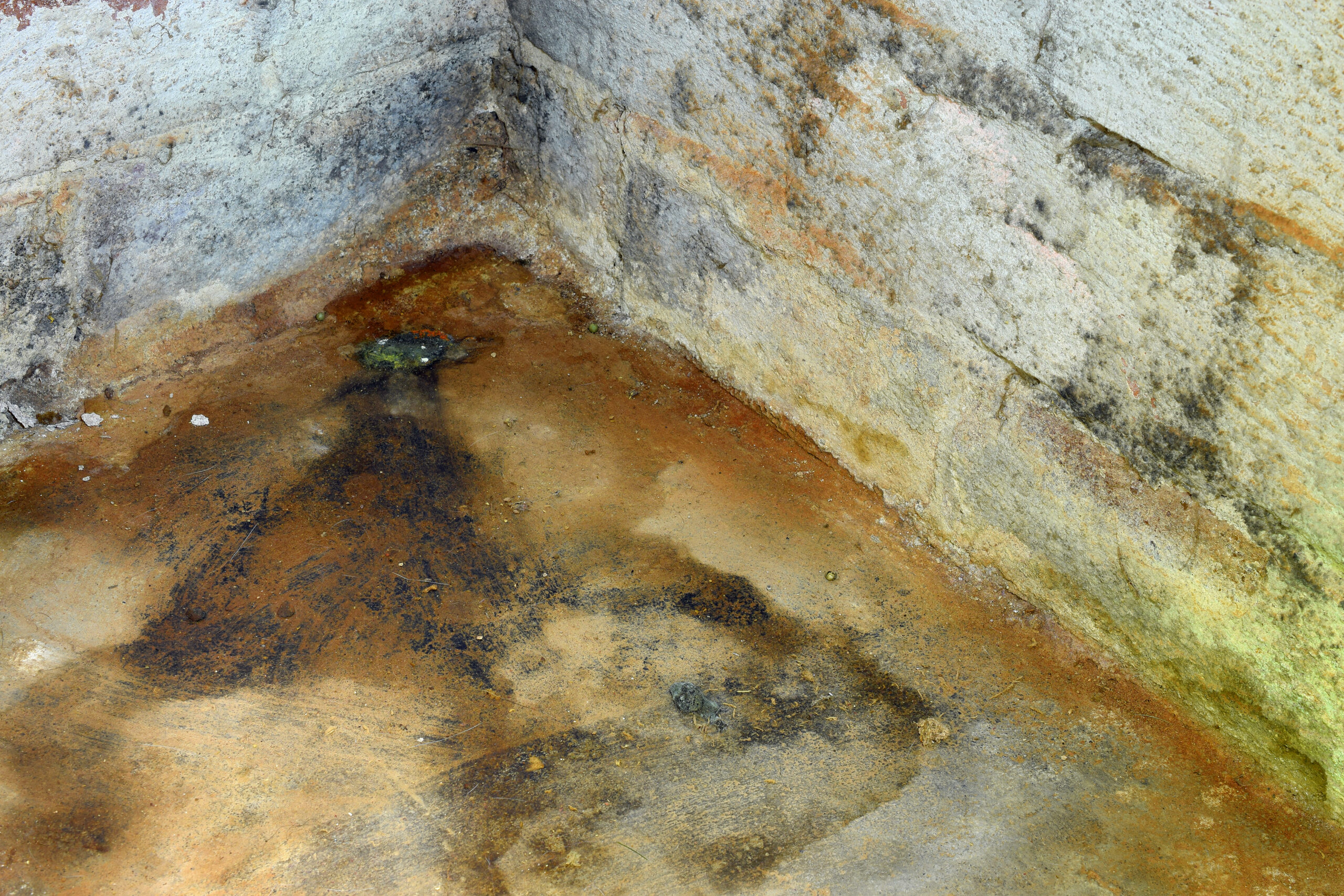
Summer air has a greater capacity to hold water vapor, which can lead to high humidity levels. This humid air, when entered into a basement, often causes condensation. You may notice it as wet walls and floors or beads and streaks of water on various surfaces.
The persistent condensation can contribute to the weakening of structural materials over time. Furthermore, the constant dampness can worsen existing foundation problems, such as basement wall cracks.
It keeps the surrounding materials saturated, and potentially increases freeze-thaw damage in colder regions.
3. Poor Air Quality
High humidity levels can deteriorate the indoor air quality, especially in basements. The damp environment encourages mold growth, which releases allergens and potentially harmful gases.
According to the U.S. Environmental Protection Agency, these indoor air pollutants can contribute to various health complications, including headaches, dizziness, and fatigue.
Long-term exposure can also increase the risk of serious respiratory diseases, heart diseases, and even cancer. This can impact the overall health and well-being of your household members.
4. Efflorescence
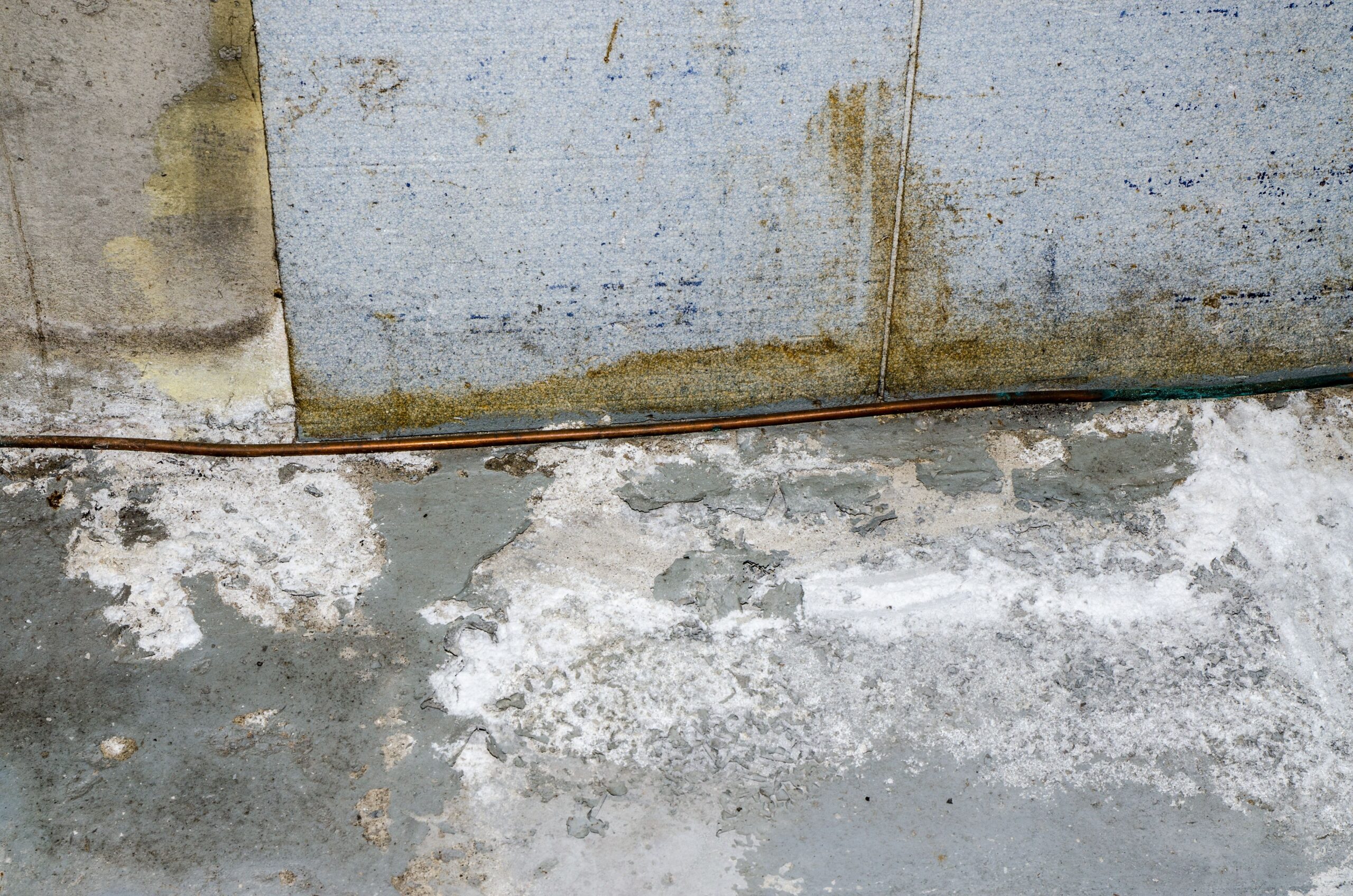
Efflorescence is the appearance of white, powdery, or crystal-like salt deposits on porous foundation materials like concrete, brick, or stone. The salt originates from water soaking through these materials; as the water evaporates, it leaves the dissolved salts behind.
While efflorescence itself might not be a major structural threat, its presence might indicate foundation damage from moisture. These white stains can also affect the aesthetic appeal of your house and reduce its market value.
5. Wood Rot
Wood can readily absorb moisture from the air, which makes it vulnerable to fungal growth and rot. In a home, this deterioration of wooden structural components can manifest as sagging floors and warped walls.
Visible rot on any wooden elements in your basement is a clear indication of underlying moisture problems. Leaving it unaddressed may result in serious structural complications.
Understanding Your Defense: What is a Home Dehumidifier?
Extensive foundation repairs can be costly. If you’re looking for a more affordable solution, a home dehumidifier is an effective tool to help combat excess humidity.
A home dehumidifier is an appliance that removes excess moisture from the surrounding air. They are often used when the weather turns hot and humid in summer or year-round in humid areas of a home like a basement.
A dehumidifier uses a fan to draw in air from the room. The air then passes over cold coils that are part of a refrigeration system. As the air cools, the moisture in it condenses into liquid water and is collected in a container.
The air is then passed over a warm coil (condenser) to be reheated and brought back to room temperature. Drier air is then released back into the room.
Protect Your Home’s Foundation with a Home Dehumidifier
Utilizing a home dehumidifier can be a proactive and practical strategy for protecting your foundation and basement from excessive moisture. Here are some key considerations for using a dehumidifier for a wet basement.
1. Choosing The Right Size
The primary goal of a dehumidifier in your basement is to maintain the ideal relative humidity range of 30% to 50%. To achieve this, select a dehumidifier with the appropriate capacity for your space. Remember, when it comes to dehumidifiers, it’s better to choose a slightly larger capacity unit than you need.
Here is a guide to help you choose the right dehumidifier based on your basement size and the level of dampness:
| Basement Size (Sq. ft.) | The Area Is Damp | The Area Is Very Damp | The Area Is Wet | The Area is Very Wet | Recommended Capacity (Pints/ day) |
|---|---|---|---|---|---|
| 500 | Small Capacity | Small Capacity | Small Capacity | Medium Capacity | 30-50 |
| 1,000 | Small Capacity | Medium Capacity | Medium Capacity | Large Capacity | 30+ |
| 1,500 | Medium Capacity | Medium Capacity | Large Capacity | Large Capacity | 35+ |
| 2,000 | Medium Capacity | Large Capacity | Large Capacity | Large Capacity | 35+ |
| 2,500 | Large Capacity | Large Capacity | Large Capacity | Large Capacity | 50+ |
- A space is considered damp if it has a musty aroma in humid weather or occasionally feels damp or clammy.
- A space is very damp if it is always damp and musty.
- A space is wet if it occasionally has visible condensation or the ceiling or walls.
- A space is very wet if it always has visible condensation or standing water.
2. Proper Placement and Airflow
It is equally important to strategically place your dehumidifier to maximize airflow and ensure efficient moisture removal throughout the space. Here are some key tips for optimal placement:
- Central Location: If your basement is relatively open, place the dehumidifier in a central location. This allows it to draw in humid air from all corners of the space and distribute the dry air properly.
- Away From Obstructions: Avoid placing the dehumidifier directly against walls, furniture, or other obstructions. Make sure that there is ample space around all sides of the unit; ideally, at least a foot.
- Crawl Spaces: If you have a crawl space, it is better to use a dehumidifier specifically designed for crawl spaces. These are typically smaller and more robust for the often harsher conditions.
3. Maintenance and Cleaning
Regular maintenance and cleaning is extremely important to keep your dehumidifier working optimally. Here is what you need to know:
- Empty Water Tank: Empty the water tank in the dehumidifier regularly to prevent overflow. The frequency depends upon the humidity levels and the tank’s size, so check it frequently, especially during humid periods.
- Clean the Filter: Most dehumidifiers have a filter that captures dust and airborne particles. Keep cleaning or replacing it regularly to prevent the buildup of dust and mold.
- Vacuum Air Intake: Regularly vacuum the air intake vents to prevent dust and debris from clogging the system and reducing its efficiency.
- Wipe the Exterior: Periodically wipe down the exterior surfaces of your dehumidifier with a damp cloth to remove grime and dust. This will keep the unit clean and ensure that the air vents remain unobstructed.
Reasons to Use a Dehumidifier for Basement Moisture
Investing in a dehumidifier for your basement offers a multitude of benefits. These benefits extend beyond simply making the space feel more comfortable. Let’s look at some long-term benefits of a home dehumidifier for your basement and foundation health:
1. Foundation Preservation
A home dehumidifier protects your foundation by removing excess moisture from the basement air. It prevents the degradation of porous materials like concrete and masonry, as there is less moisture available to penetrate.
Dehumidifiers also minimize condensation on cool foundation surfaces, thus reducing the risk of water pooling and exerting pressure that can lead to cracks.
2. Improved Air Quality
Since there is no excess moisture, the basement air feels less heavy and stagnant. A dehumidifier also prevents mold growth and reduces the release of mold spores and other allergens into the air. This contributes to better overall indoor air quality throughout your entire home.
3. Few Pests
Many common household pests, such as termites, cockroaches, and silverfish, are attracted to damp environments. A dry basement is a less hospitable place for these unwanted visitors, potentially reducing the risk of infestations.
4. Protection of Stored Belongings
Basements are often used for storage. Excess humidity can damage stored items like cardboard boxes, clothing, furniture, and electronics. Dehumidification protects valuable belongings from moisture-related deterioration.
FAQs
Take Control of Your Basement Humidity and Protect Your Home
The relationship between basement humidity and foundation health is undeniable. High humidity problems in homes are not just an annoyance but a silent threat, leading to issues like mold, condensation, and even structural damage over time.
A home dehumidifier emerges as a powerful and practical tool in this defense. Not only does it remove excess moisture, but creates a healthier and more stable environment for your foundation and your family.
The key is to be proactive in monitoring your basement’s humidity levels and consistently utilizing the right-sized dehumidifier, along with proper maintenance.
While dehumidifiers are a great first step, for structural concerns or recurring moisture issues in your home, consult professionals. Crossroads Foundation repair offers trusted basement waterproofing expertise to ensure peace of mind and your property’s stability.

